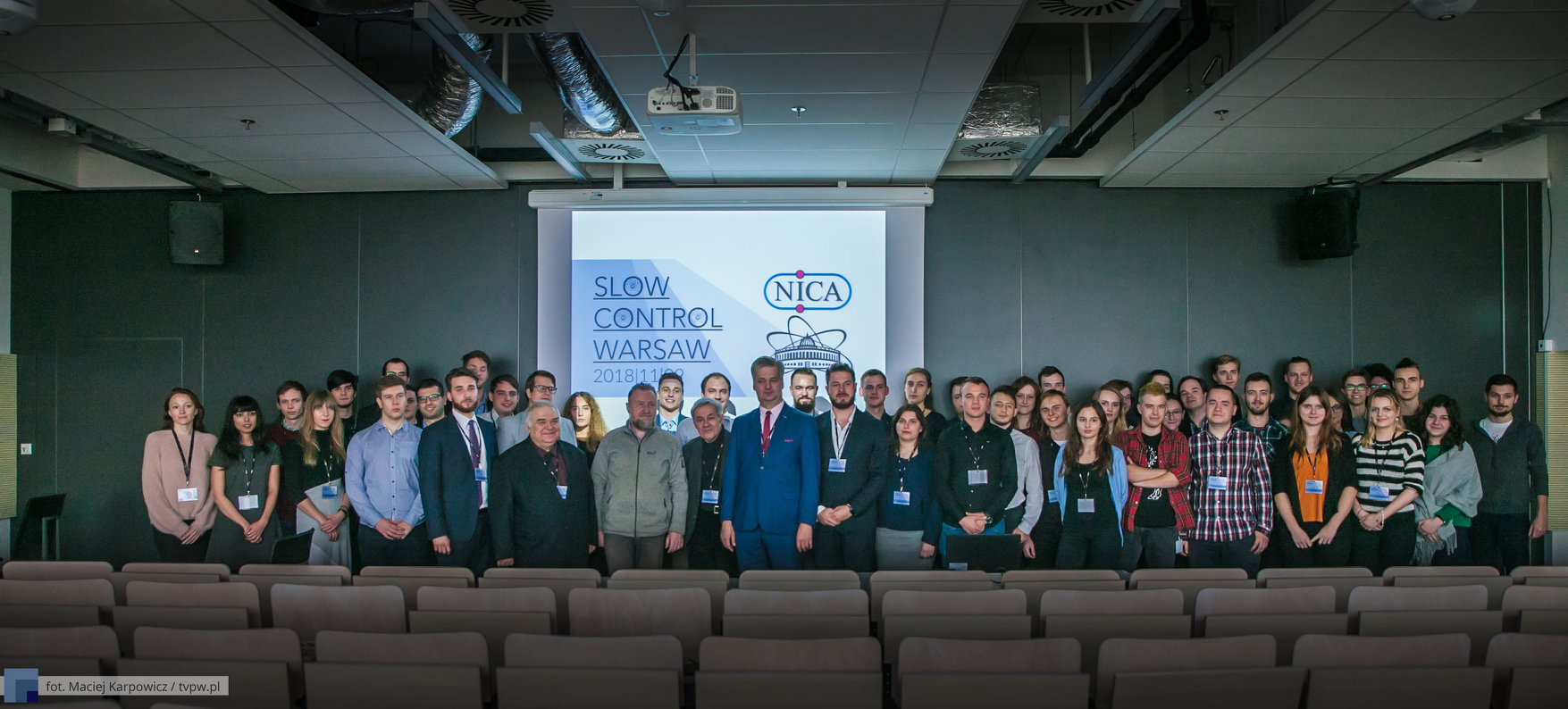Speaker
Description
Analyzing the thermal images taken by Fluke TiS20 thermal imager.
Krystian Rosłon (roslon@jinr.ru)
- Motivation
The Fluke Ti20 Imager (hereafter, “the Imager”) is a state-of-the-art, lightweight, pistol- grip style thermal imaging unit. Using the Imager, you can obtain instant and accurate thermal images and radiometric readings from distant targets. The Imager is ergonomically designed for right-hand or left-hand use, and captures thermal images and data with a simple trigger press. The Imager can store up to 50 images that can be downloaded to your personal computer for storage, analysis, and report preparation.
The InsideIR companion software application, lets you display, examine, and analyze your images and data to determine qualitative and quantitative trends associated with the target equipment. You can also use InsideIR to define maintenance databases based on your equipment conditions, monitoring, and asset management needs.
The Imager provides high performance thermal imaging and is designed for industrial use. The Ti20:
• Uses new detection technology to provide a clear thermal image with accurate temperature measurements up to 350 °C (662 °F).
• Is protected against dust and moisture (IP54 rated) for use in harsh industrial environments.
• Provides a minimum of 3 hours of continuous battery life.
Student will work with the Fluke Ti20 Imager. He will write the software in LabVIEW using G language for analyzing the image taken by the thermal imager.
- Tasks
Student will work with the LabView on his own device. The main tasks are:
1) Load the image to the LabVIEW environment
2) Write the subVI that analyzes the loaded image
a) Finds point where the temperature has minimal value
b) Finds point where the temperature has maximal value
c) Specifies the temperature of those points
d) Specifies the temperature at the point that is indicated by user
3) Developing of software for data acquisition using LabVIEW 2016,
4) Performance of application tests,
5) Preparation of documentation.
- Requirements
a. Computer with Windows operating system,
b. Programming skills in LabView,
c. Basic English skills.
- Recommended literature
a) www.jinr.ru – JINR’s website,
b) http://nica.jinr.ru – NICA’s website,
c) http://labview.pl – LabView website,
d) http://nica.fizyka.pw.edu.pl/ - Twiki of SCS group.
- The number of project participants: 1-2
| Temat: | OK |
|---|
